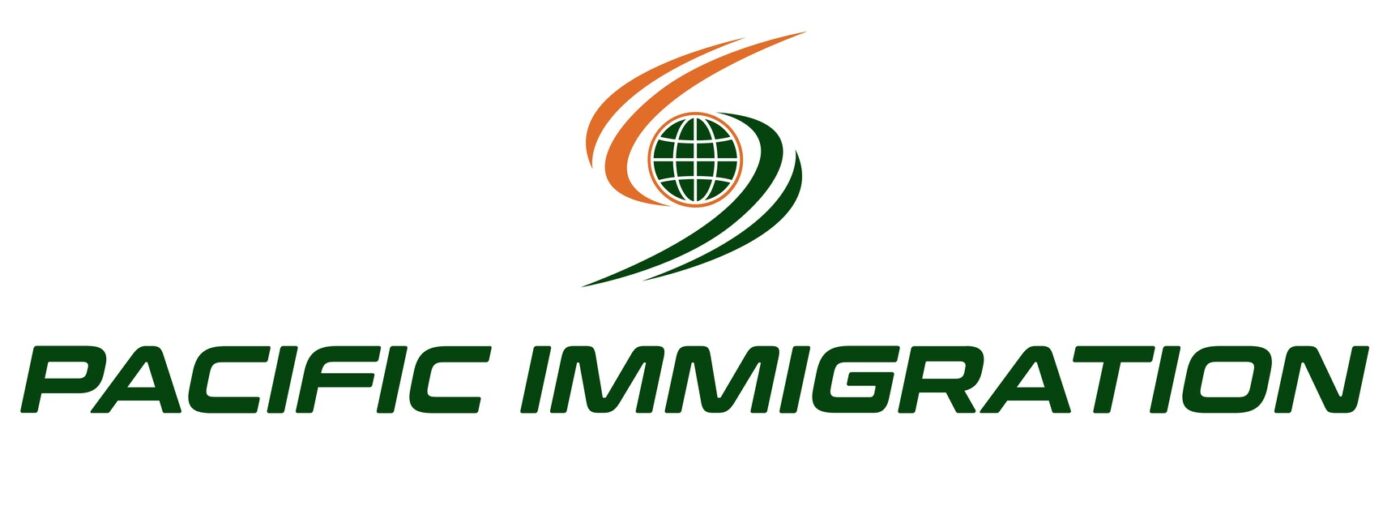F-1 Visa to Green Card through Family
Family-based immigration laws in the US allow citizens and permanent residents to petition relatives for a green card, allowing them to adjust their status to permanent residents. Marriage to a U.S. citizen is a typical qualifying relationship. Applicants must have an immigrant visa and be physically present, and spouses of U.S. citizens may adjust their status after visa overstays.
Application Process to Adjust from F-1 to Green Card
• I-485, Application to Register Permanent Residence or Adjust Status
• I-130, Petition for Alien Relative
• I-130A, Supplemental Information for a Spouse Beneficiary (if a relative is a spouse)
• I-864, Affidavit of Support
• I-693, Report of Medical Examination and Vaccination Record
• I-765, Application for Employment Authorization (optional)
• I-131, Application for Travel Document (optional)
Employment-based Green Card for F-1 Students
Employer Sponsorship through EB-2 and EB-3
EB-2 and EB-3 are employment-based categories for green cards, suitable for highly-skilled graduates entering the workforce. Employers can petition for permanent residents, with EB-2 visas for advanced degrees, exceptional abilities, and national interest waivers. EB-3 visas are for skilled workers, professionals, and sure others with at least two years of experience and a permanent, full-time position. The employer initiates the process of sponsoring the applicant.
Self-Petition through EB-1
EB-1 visas are for elite students with exceptional abilities in arts, sciences, education, business, or athletics, allowing them to transition from F-1 to green cards. Qualifying is rigorous, requiring evidence of a distinguished award.
Asylum Status for F-1 Students Unable to Return Home
F-1 students in the US can petition for asylum if they cannot return to their home country due to past or feared persecution. Asylum status allows them to remain lawfully present in the US even if their status lapses or expires


Company
Pacific Immigration
VAT: VS123456789
CIF: BL1247890
Address
7707 West Lane Dr., #D 2 Stockton, CA 95210
Get in Touch
(209) 438-2222
pacificvisa@gmail.com